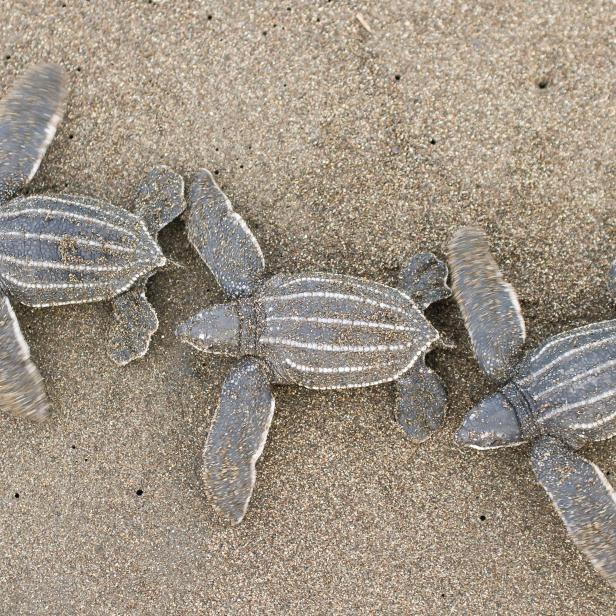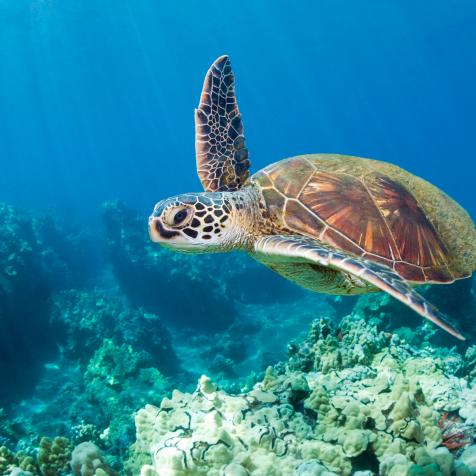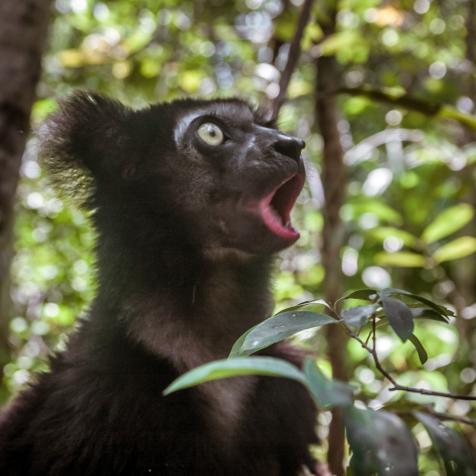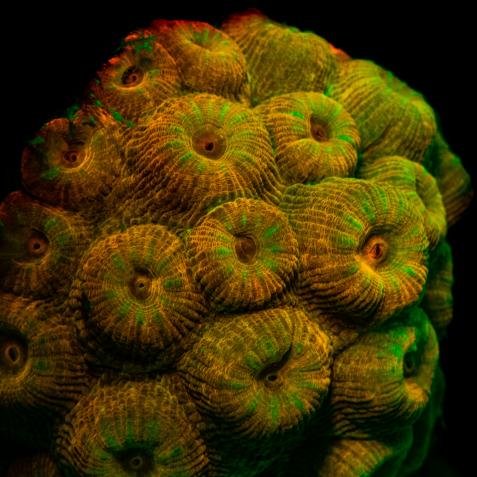
Josh Miller Photography
St. Croix Locals Band Together to Save Their Island's Turtles
Since 1977, scientists have been monitoring leatherback turtle populations in order to help protect the species.
The oldest of all sea turtle species, the leatherback has been around for 150 million years. They’re also the largest, weighing up to 1,100lbs and with an average length of four to nine feet. The biggest threats to the leatherbacks are marine pollution and the fishing industry’s bycatch.
Various organizations and government bodies, including the US Fish and Wildlife Service, have been monitoring the sea turtles that come to nest on the shore on St Croix for decades. The island has also implemented multiple marine areas to protect the creatures, including closing Sandy Point National Refuge to the public from April through August for nesting and hatching season.
Since the conception of the program, the project has developed into one of the most comprehensive and long-term sea turtle research and recovery efforts in the world. During the last three decades, there has been a huge increase in the number of nesting leatherbacks in Sandy Point from less than 20 individuals to more than 100.
Volunteers dedicate their time to observe, tag and monitor female turtles laying their eggs during breeding season. The females come ashore at night usually during high tide and use their front flippers to dig a body pit, and their hind flippers to dig an egg cavity in order to bury the eggs until they hatch.
St Croix’s Sandy Point is the US and its territories’ largest nesting beach for leatherbacks. Since 1997, schoolchildren and adults from the St Croix community have participated in an escorted night visit to the beach to see female leatherback turtles laying eggs, and then later in the year to watch the hatchlings emerge and crawl into the sea.
The St Croix Leatherback Project uses genetics to help other community and local projects have access to the information they need to protect the turtles, such as maturity, family groups, hatching habits and nest successes. The project also conducts research into fishing impacts on marine ecosystems by identifying source populations for sea turtles taken by bycatch.
St Croix Environmental Association is another organization focusing on conservation on the island. On March 21, sea turtle nesting season begins, and SEA is organizing a beach cleaning event that doubles up as an information point for the community.

Beachmite Photography
“Turtles and hatchling turtles can often get hung up in trash on the beach or worse, they mistake it for food when it washes into the water,” a spokesperson said.
“SEA is working to identify more of the specific habitats and species that must be conserved and to develop scientifically supportable strategies for their conservation.”
Despite St Croix being struck by hurricanes Irma and Maria in 2017, a report from the University of the Virgin Islands’ Center for Marine Studies show that turtle populations have recovered.
But the leatherback isn’t the only turtle species that’s vulnerable in the Virgin Islands. Both hawksbill and green sea turtle numbers are also in decline, and their nests did not fare well during the hurricanes.
“We lost a lot of our nests at Sandy Point,” said Claudia Lombard, a wildlife biologist with the US Fish and Wildlife Service. “After Maria, some beach areas washed away including any incubating eggs buried in the sand. Other beach areas had several feet of sand deposited on top resulting in the hatchlings becoming trapped under a deep layer of compact sand.”
Conservationists hope that efforts to raise awareness around leatherback populations will help other species thrive.


















